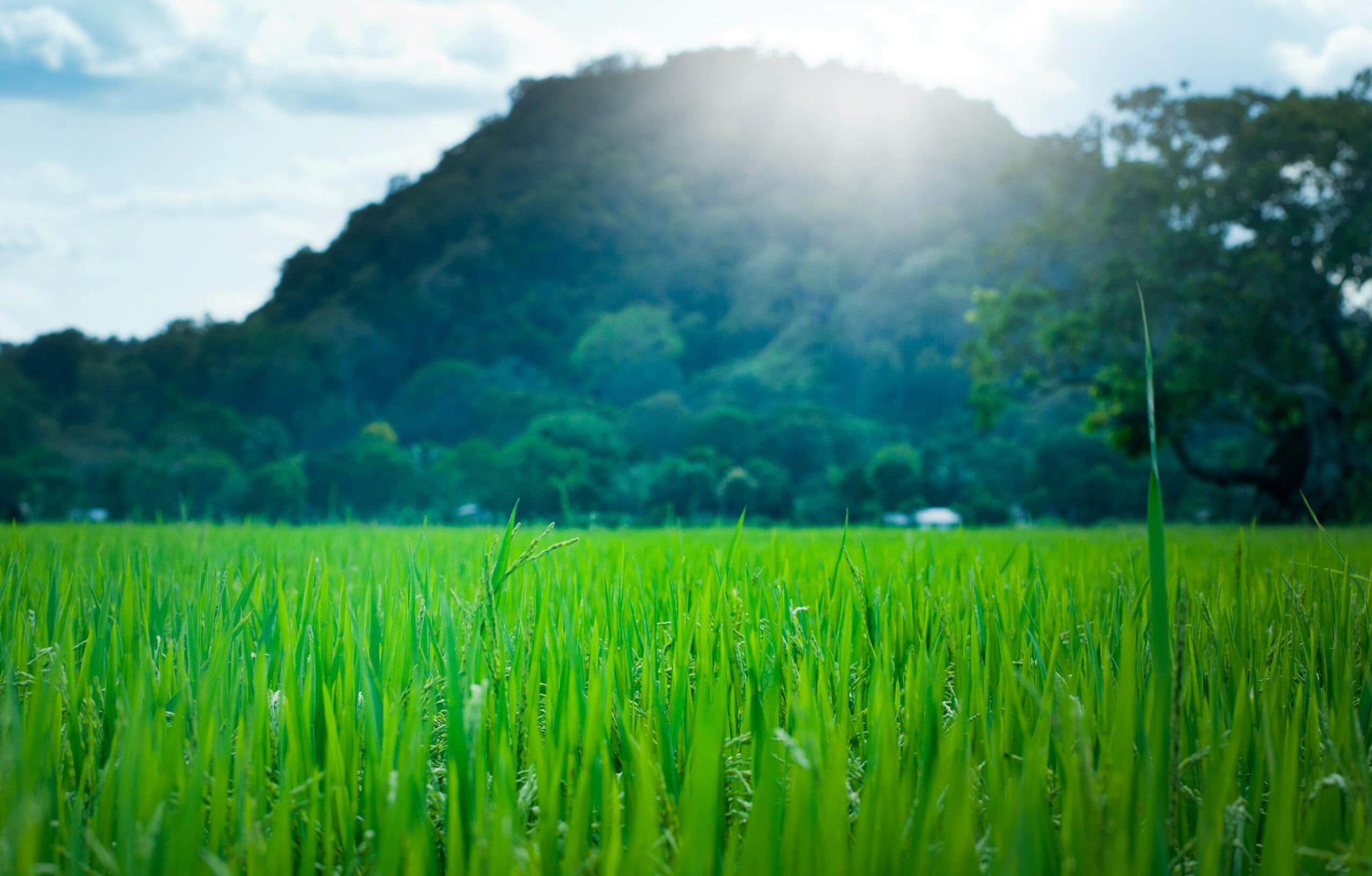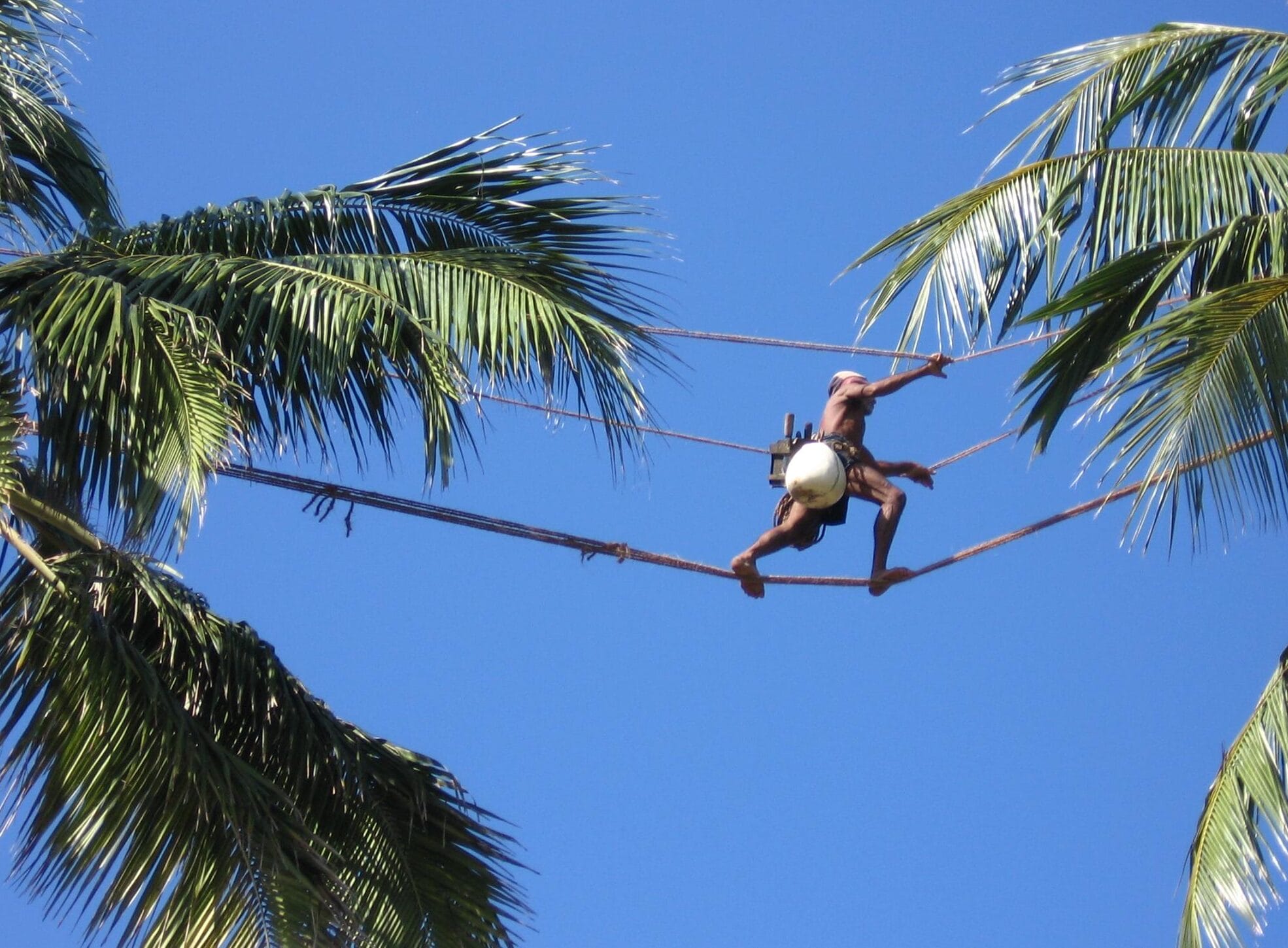Sri Lanka Weather in April: A Detailed Guide for Tourists
Are you planning a trip to Sri Lanka in April? You’re in for a vibrant experience! April marks the tail end of the dry season in the southwest and the start of the inter-monsoon period, bringing warm temperatures, occasional showers, and lush scenery across…
Sri Lanka Weather in March: A Detailed Guide for Tourists
Planning a trip to Sri Lanka in March? You’re in for a treat! March is one of the best months to explore this tropical paradise, with warm temperatures, plenty of sunshine, and manageable rainfall across most regions. At Mahaweli Tours & Holidays, we’ve been…
Nishshanka Latha Mandapaya in Polonnaruwa: A Unique Architectural Marvel
The Nishshanka Latha Mandapaya in Polonnaruwa is one of Sri Lanka’s most intriguing and unique architectural sites. Located within the ancient city of Polonnaruwa, this open-air pavilion stands out for its elegant stone columns, which resemble lotus stalks—an extraordinary design choice rarely seen in…
Jaffna Fort: A Must-Visit Destination in Northern Sri Lanka
Jaffna Fort is a famous colonial-era building in Sri Lanka. It is situated near the coastal village called ‘Gurunagar in Jaffna. The building has more than 400 years of history, making it one of the best places you must visit during your trip to…
Toddy Tapping in Sri Lanka
Toddy Tapping in Sri Lanka: A Traditional Industry Preserved by Skilled Tappers and Unique Locations Toddy tapping is an age-old tradition in Sri Lanka that involves extracting sap from the inflorescence of the coconut palm tree, which is then fermented to produce toddy, a…
Diyaluma Falls Waterfall in Koslanda
Diyaluma Ella – Second Highest Waterfall in the Country Diyaluma Falls is the second highest waterfall in Sri Lanka with a height of 220m (720ft). It is considered the 361st highest waterfall on the globe. This is such a beautiful looking waterfall, and it…









